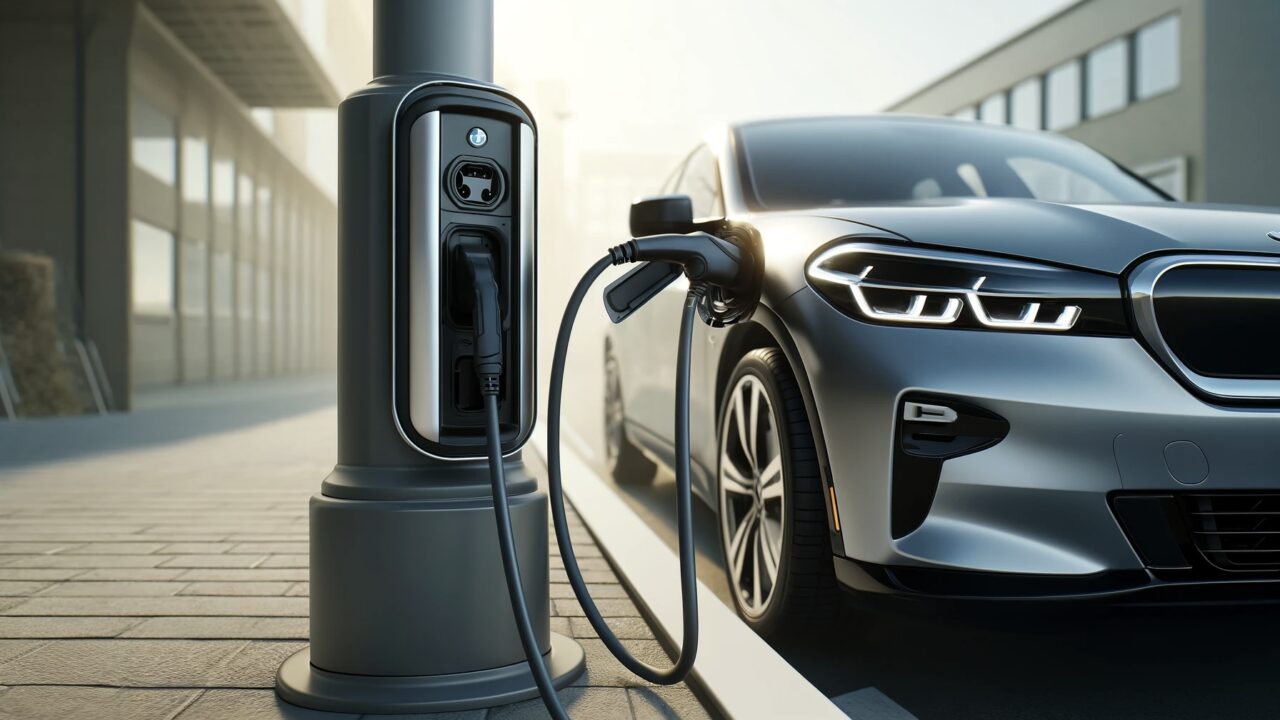With the increasing popularity of electric vehicles (EV), the lack of charging infrastructure continues to pose a significant barrier. New York-based company Voltpost is addressing this problem by transforming street lamps into charging stations. But how will it work?
Street lamps becoming EV charging stations
Voltpost, a startup based in New York, is proposing a fascinating solution to tackle this issue. Their idea involves converting existing street lamps into modular charging stations. The system they’ve designed includes a cover that fits around the lower part of a street lamp post.

This cover houses various cables and electronic devices designed to provide the necessary power for EVs. It also features cables that can be easily extended and retracted, and a charging dock at hand level.
The installation of this system can be completed within an hour and can be quickly repaired if necessary. Voltpost aims to offer EV owners an easy and practical charging experience. The charging process is managed through an app.
This app not only tracks the charging process but also allows you to pay for the charging service and reserve a spot in advance when you need to charge. This feature ensures that you don’t have to compete for space with other EV owners.
Voltpost has completed its initial successful tests with the New York City Department of Transportation and is currently advancing development stages with other major cities like Chicago, Detroit, and New York. This solution provides significant convenience, especially for users who do not have charging facilities at their homes, further encouraging the use of EVs.

Voltpost argues that in the future, when electric vehicles will be as common as hybrid or gasoline-powered cars, the vehicle charging infrastructure will need to adapt to this prevalence. This innovative solution makes EV more accessible and practical, paving the way for sustainable transportation.
With the Voltpost street lamp project, not only is the charging infrastructure being enhanced, but it also has the potential to make urban living more functional and ecological. What are your thoughts on this development? Feel free to share your opinions in the comments section below.














